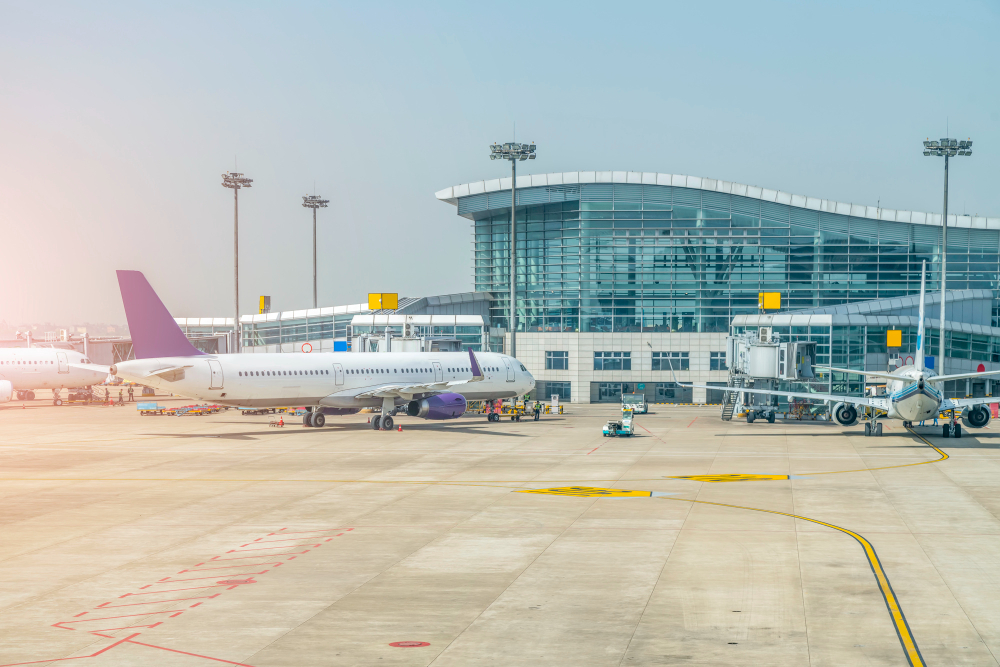India’s aviation sector is poised for major expansion, according to a new report by global investment bank Jefferies, which underscores the country’s underutilized potential in global air traffic. Despite being the world’s third-largest aviation market by passenger volume, India accounts for only around 4% of global air traffic — a modest share for a nation that houses nearly 18% of the global population.
Room to Grow: Low Per Capita Air Travel Signals Opportunity
The Jefferies report draws attention to the untapped demand in Indian aviation, citing low per capita air travel as a key indicator. “India ranks as the third-largest aviation market by passenger volume, yet contributes just 4% to global traffic — a stark contrast to its demographic share,” the report stated.
With more Indians gaining disposable income and urban centres expanding rapidly, the conditions are ripe for the sector to see sustained growth. Jefferies predicts that these trends, coupled with investments in new aircraft and airport infrastructure, will help India’s aviation industry achieve high single-digit to low double-digit annual growth in the coming years.
Rising Connectivity and Market Expansion
India’s domestic and international air connectivity is steadily improving. New domestic routes are being launched, while more international sectors — including direct flights to overseas destinations — are opening up. These developments are expected to enhance access and reduce travel times for millions of passengers.
Comparing India to China, the report highlighted the wide gap in current capacity. China handles over 700 million air passengers a year, supported by more than 4,000 aircraft and over 250 airports. India, on the other hand, serves about 200 million passengers with a fleet of roughly 850 aircraft and 150–160 airports.
High-Speed Rail and Infrastructure Constraints
The report noted that China’s advanced high-speed rail system provides competition to air travel for short to medium-haul routes. India still heavily depends on its conventional rail network, with high-speed rail projects progressing slowly. This reliance on traditional rail leaves air travel as a major alternative for long-distance journeys — and an area ripe for policy and investment support.
Challenges on the Flight Path
Despite its promising trajectory, India’s aviation sector faces significant headwinds. Global aircraft shortages and persistent supply-chain issues are delaying deliveries, limiting the capacity expansion of domestic carriers. Additionally, high taxes on aviation turbine fuel (ATF) continue to push up operational costs for airlines.
Airlines are also grappling with geopolitical disruptions that have led to restricted airspaces, forcing detours and longer flight paths. Another area of concern is India’s limited Maintenance, Repair, and Overhaul (MRO) ecosystem, which compels airlines to rely heavily on costly foreign facilities for aircraft servicing.
Optimism for the Long Haul
Still, Jefferies maintains an optimistic view of India’s aviation future. The combination of favourable demographics, rising income levels, infrastructure investments, and evolving consumer preferences paints a bullish picture for the sector.
India has a long runway ahead to reach global benchmarks — and the next decade could well see the country soaring much higher in the global aviation landscape.



